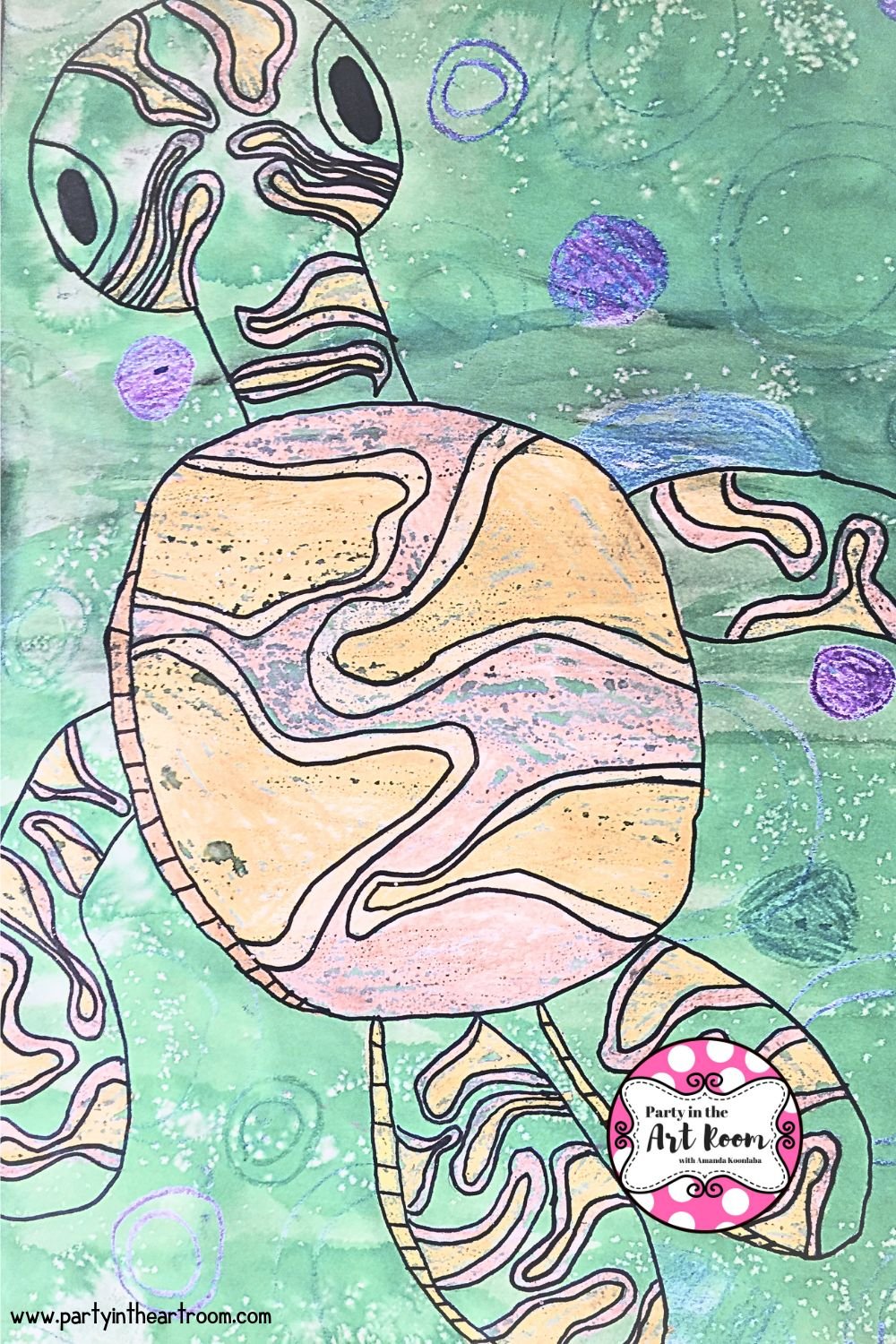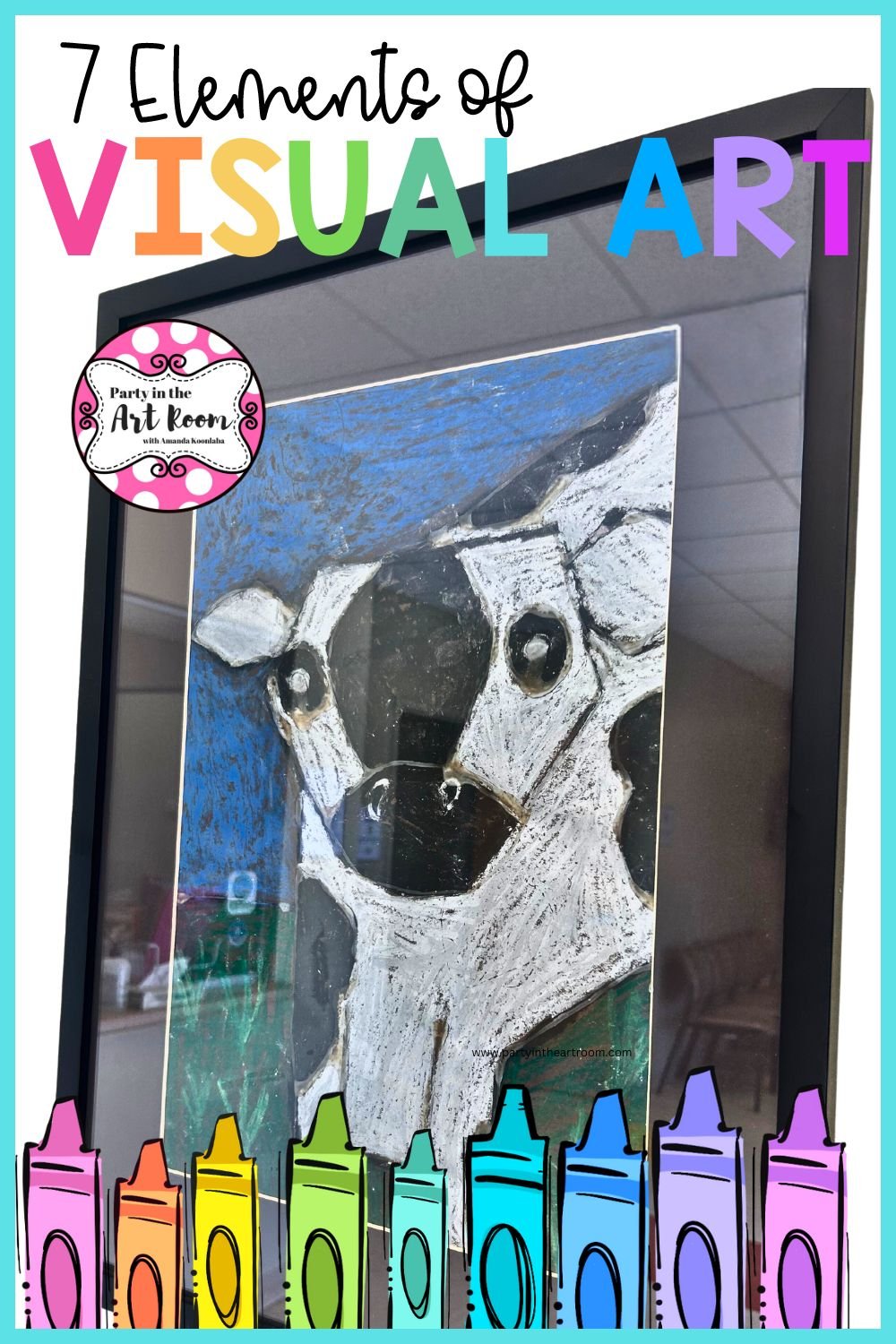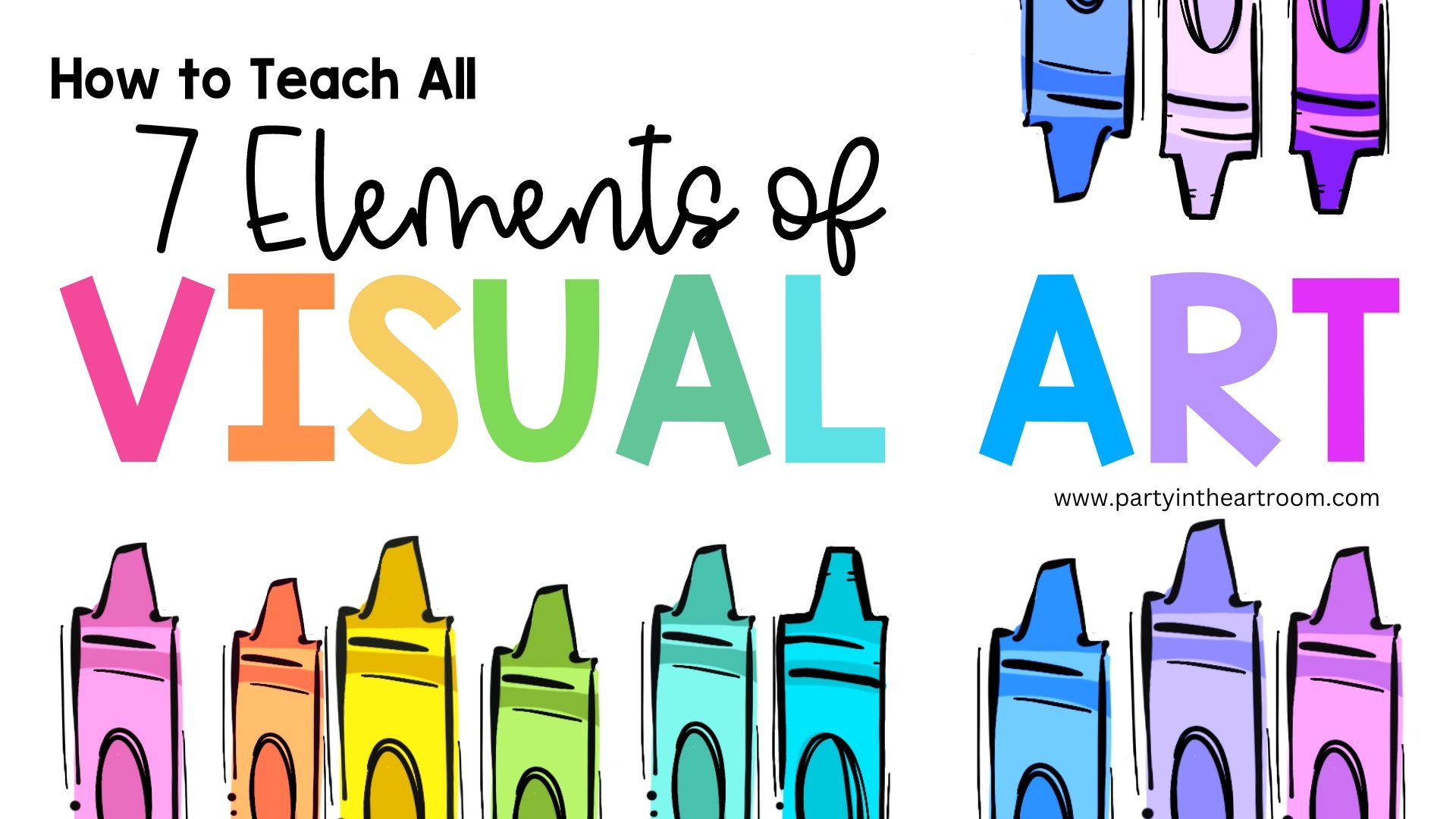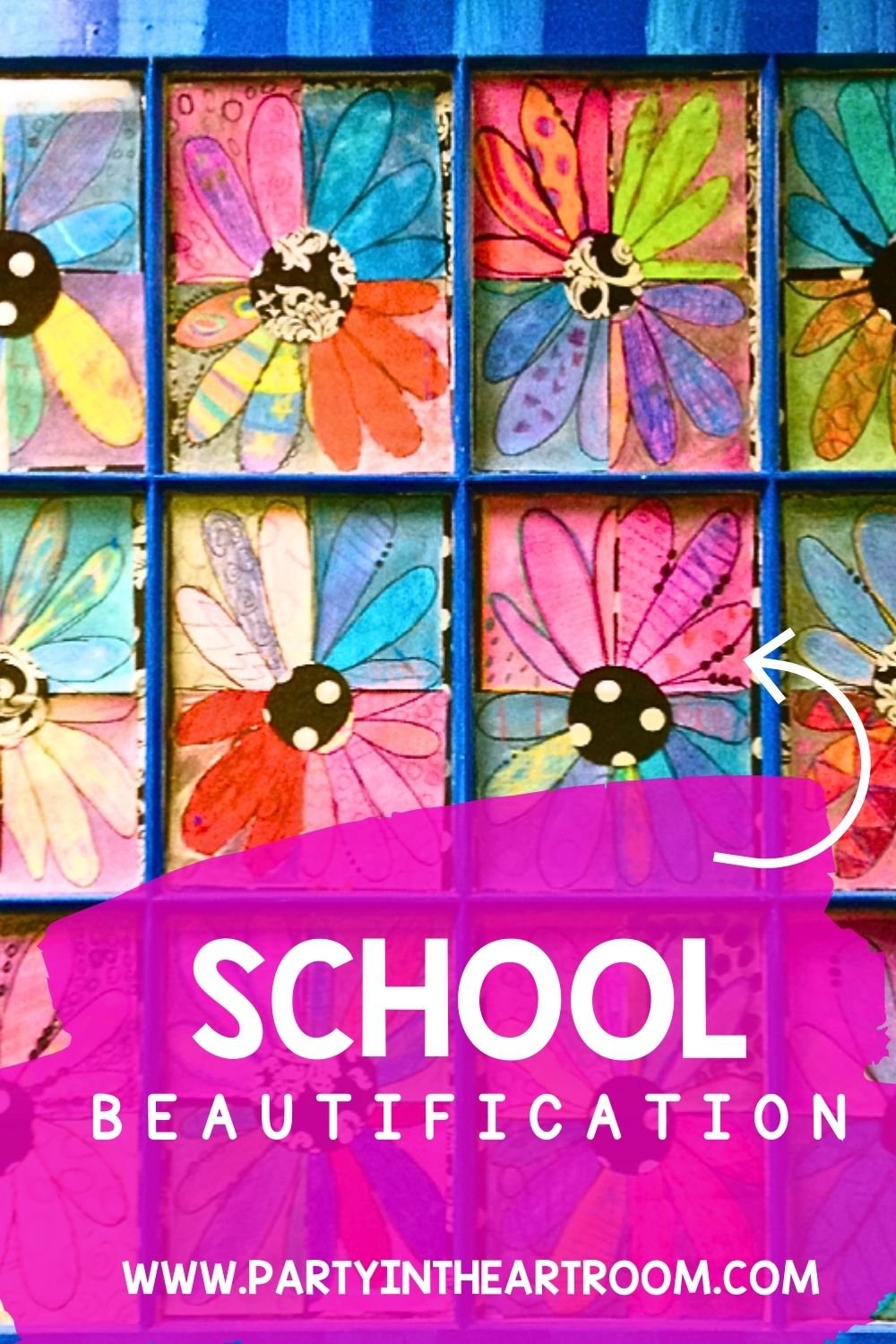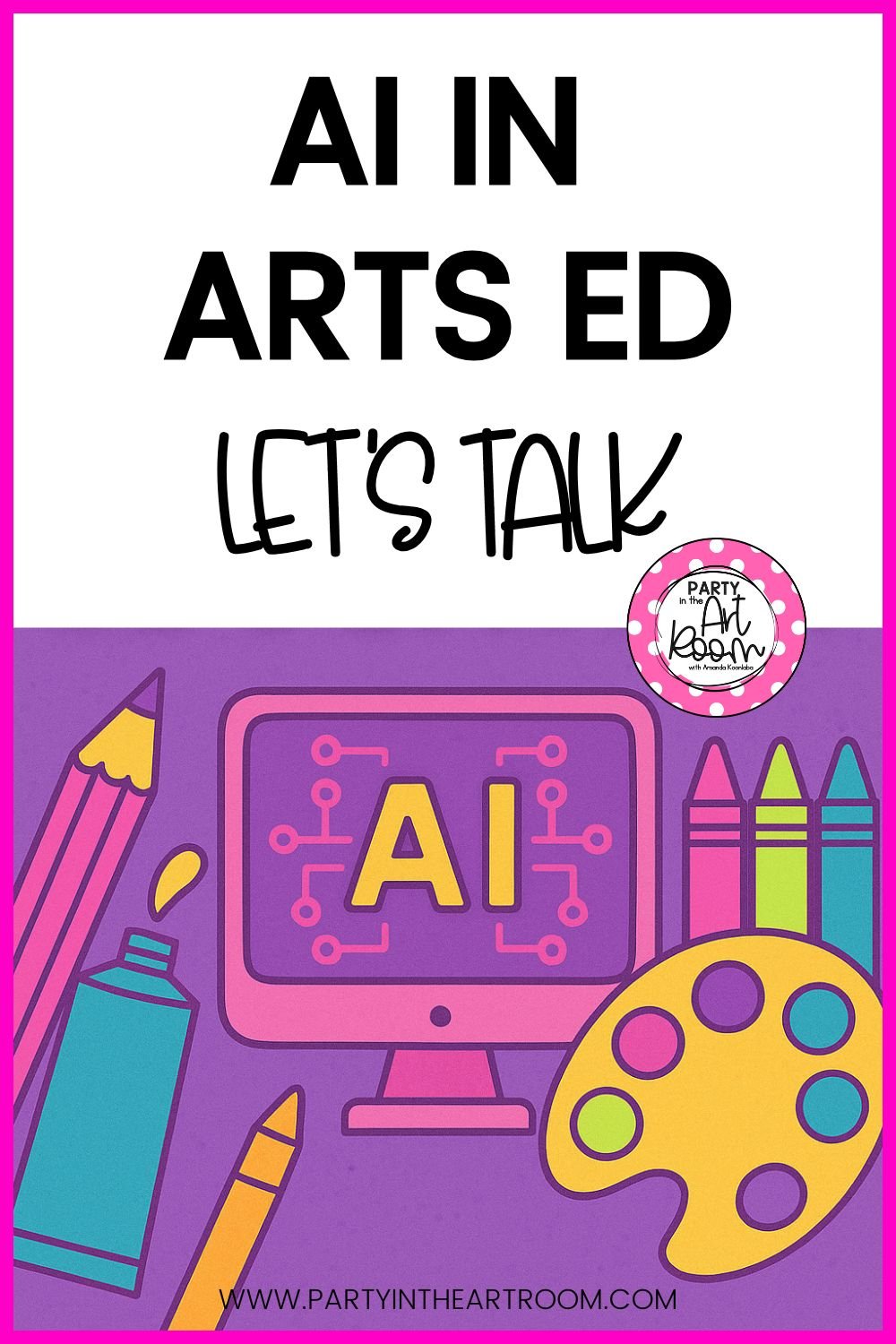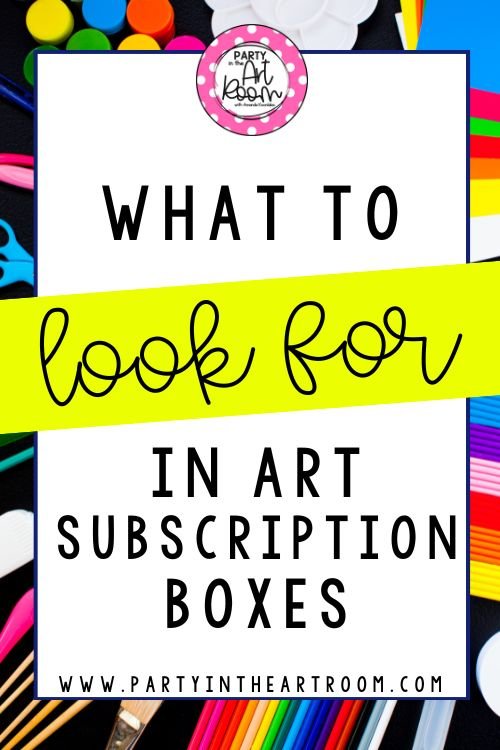How To Teach All 7 Elements Of Visual Art
When most people think about art they may think about a specific type of artistic expression. They may think of a painting as the act of drawing or even the process of molding clay into a sculpture.
What most people do not realize is that art can be reduced into seven distinct elements. These individual elements, when used in concert, can help you create unique and visually appealing physical art compositions.
Here are the 7 elements of visual art and fun art projects that teach them.
Line
The line is often considered the most basic element of art. Much like in math, an art line connects multiple points in a single dimension. Lines are often used to create designs and patterns in works of art. Heart Art activities are a great way to practice creating and understanding lines.
(Hint: This heart art lesson comes with a popular free download your students will love!)
Shape
Shape uses multiple lines to create an enclosed two-dimensional object. Shapes are often defined as either organic or geometric. Geometric shapes include established forms like squares, circles, and triangles. Organic shapes are less defined and do not follow a pre-established set of rules. Drawing a sea turtle from basic shapes is a great way to practice mixing both organic and inorganic shapes into a vibrant and dynamic design.
Click here to check out the Sea Turtles Dice Roll Game on Teachers Pay Teachers.
Form
Form adds another layer to shape to make a three-dimensional object. Form can capture volume and weight by adding depth to a piece of visual art. Much like shapes, forms can be geometric or organic. The form is present in both two-dimensional and three-dimensional visual art. When referring to a two-dimensional piece, form refers to the perceived form, which is created by using shading and controlling lighting. In three-dimensional art form refers to the actual three-dimensional shape of the piece. Creating animal masks out of plaster wrap and molds is a great way to practice adding depth to your art.
Space
Space refers to everything that lies between and within objects created by lines, shapes, and forms. Space helps determine the perspective needed for an audience to visually interpret a piece of art. Space is created by mindfully placing objects within the frame of reference. This can be done by manipulating how near an object is to the forefront, the size of an object, the detail of an object, and the color. Space is divided into negative and positive space. Positive space is the area that the objects inhabit while negative space is the area where the objects are not.
Creating a beautiful cozy cottage landscape is a great way for young artists to practice space. They will need to place their landscapes, cottages, and farm animals mindfully to give the illusion of a cozy countryside.
Value
Value is the element of art that refers to how light or dark a work of art is. Value is measured from pure blinding white to pitch black and is one of the most important elements in visual art like painting and drawing. Value can help determine the depth and tone of a specific piece by controlling the light and form. Exploring tints and shades with a set of paints is a great way for young artists to learn how light can affect colors and the overall composition of a piece.
(Hint: This tints and shades post also comes with a popular free download!)
Texture
Texture is used to describe the surface quality of a piece of art. This can be both physical texture on things like clay or visual texture in mediums like paint or pencil. Creating whimsical cow paintings with different materials is a great way to practice adding textures to a piece of art.
Color
Color is determined by how much light is reflected into the viewer’s eye when examining a piece of art. Color is measured on a spectrum to determine which visible color is present in certain reflective conditions. The intensity of a color is called chroma or saturation and the deeper the saturation the more intense color is visible. In visual art, color is often applied with paints or dyes and then further manipulated with value and textures to help create depth. Color is one of the first and most exciting elements that young artists get to work with when creating physical art. Colors are often associated with feelings and other character traits. Creating characters with dramatic color schemes is a great way for young artists to explore the visual intensity and attributes associated with each color.
Check out this Daffodil Collage Art Lesson post for a link to a free downloadable art lesson featuring everybody’s favorite spring flowers: daffodils.
You Might Also Like:
I’m Amanda, and I align standards and integrate content to help teachers meet the needs of the Whole Child in art class! I have yet to find a standard that I couldn’t teach through art, and I want to share it all with you.
Not sure where to start with bringing art and content together? This freebie guide is packed with 25 ideas to align your art lessons with math and ELA standards. Your students will be crafting art and practicing algebraic thinking. Win-win!
I want all students to feel successful in the art room, so I created a standards-based Daffodil Collage lesson to do just that! The lesson includes an artist study, student reflection, and more, so push your artists to their full potential.
Follow along on my Instagram page for more tips on teaching the Whole Child in the art room!
Connecting art and content together doesn’t have to be mind-boggling. I’ve made it simple with 25 math and ELA art lesson starters - for free! Plus, I included 15 worksheets for students to reflect on their art-making journey.

